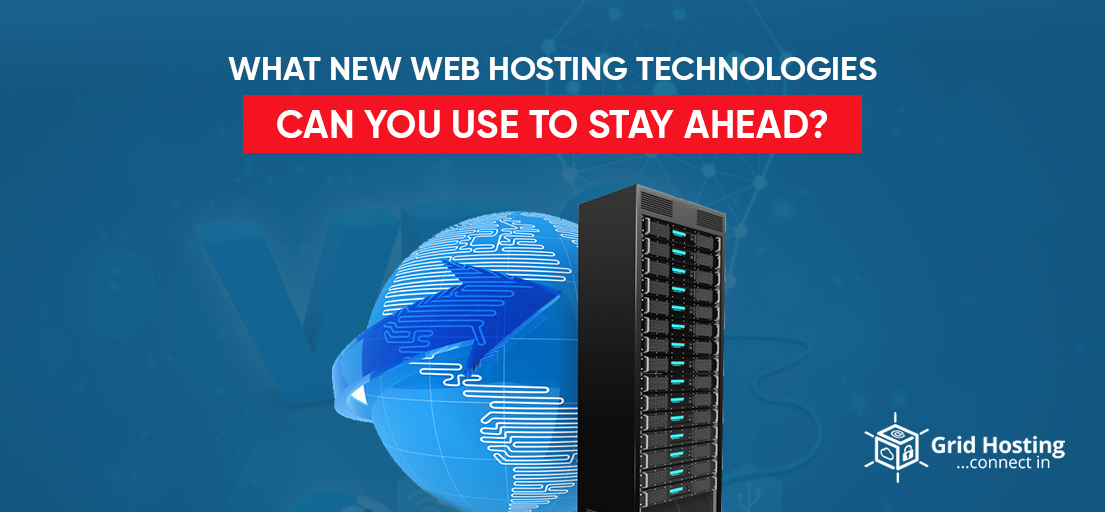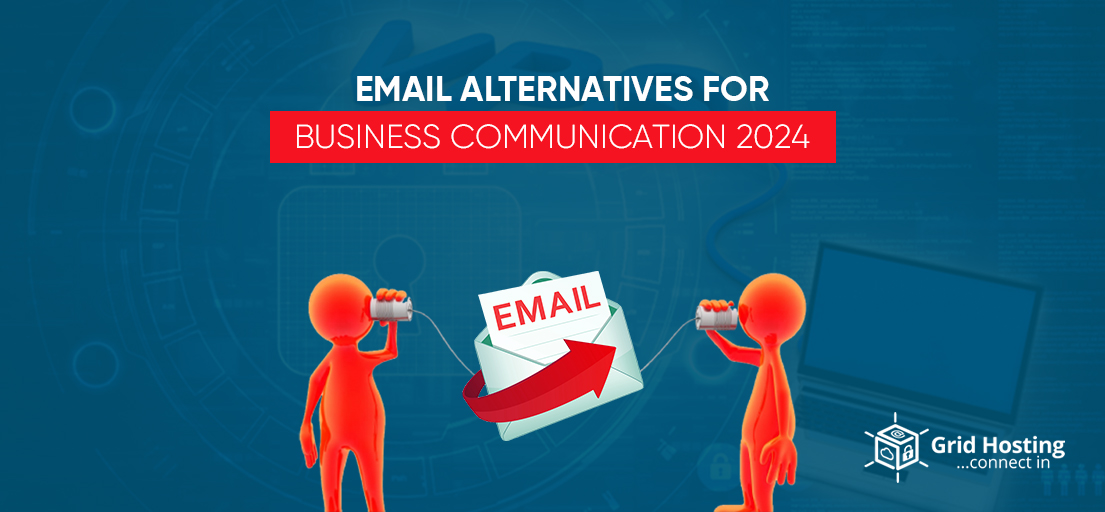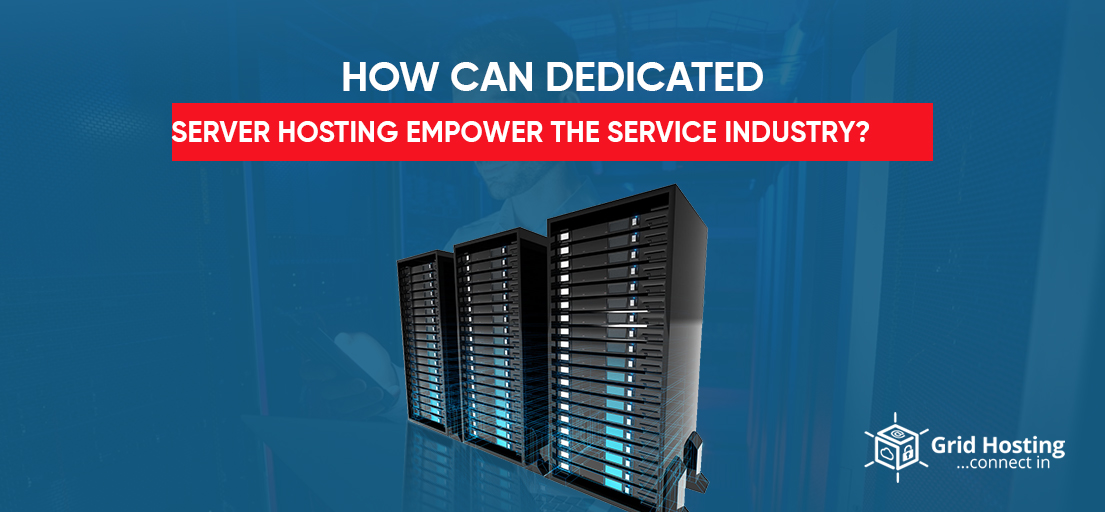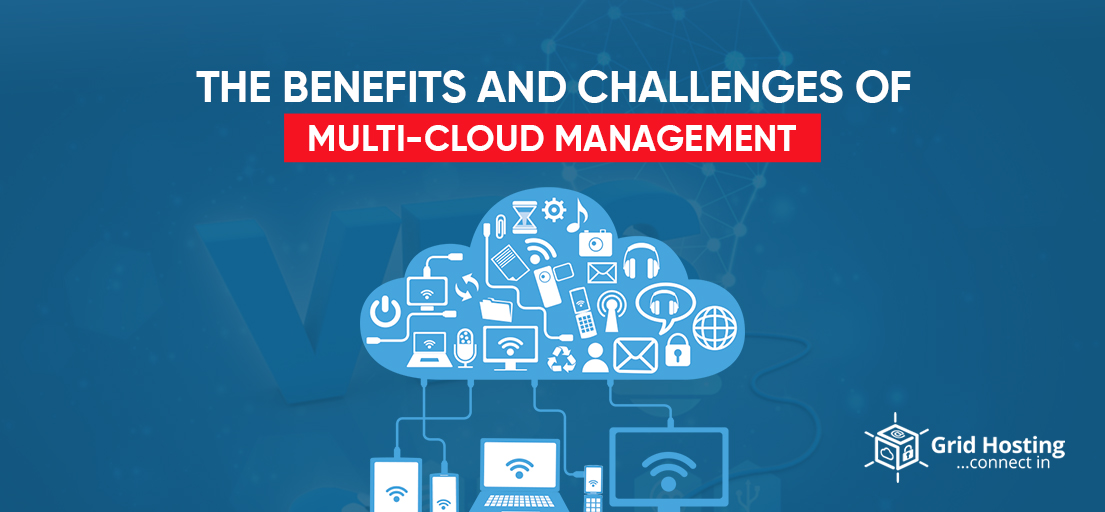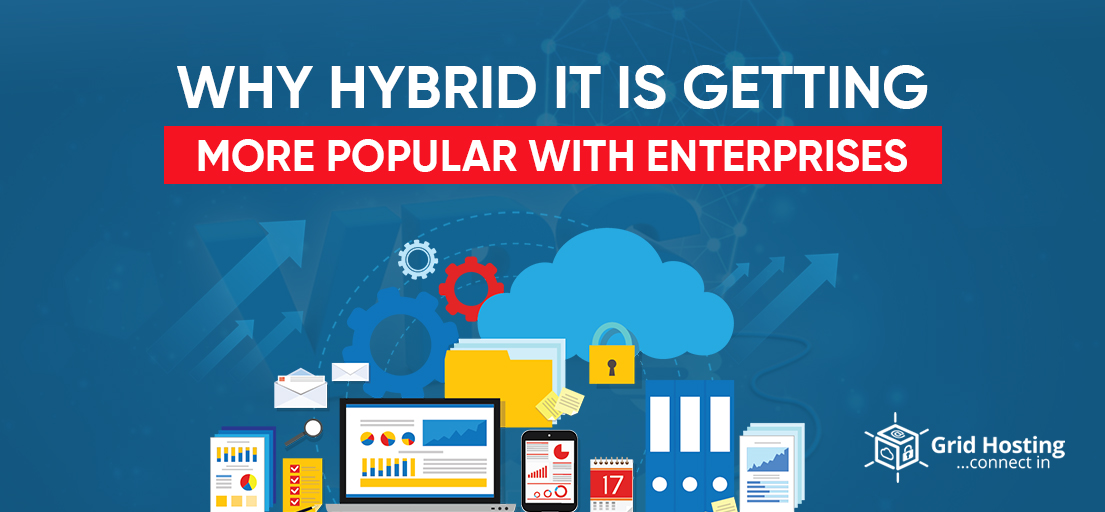What type of data center migration should I choose?
Migration of data centers occurs in several ways, and there are also greater explanations for migrating data centers. A data center migration will address several IT problems confronting major companies, ranging from servers to protection and mergers and acquisitions. The task, though, is to decide the correct method of migration. Properly implemented the correct type of migration guarantees corporate priorities, the expenditure of capital, and the fulfillment of stakeholder aspirations. Here at Grid Hosting, how we process the data center migration best practices and their types.
One important question to raise is, “why are we starting the data center migration methodology?”
There is a requirement for modernization to keep pace for many organizations. IDC expects 55% of companies to modernize their data centers within the next two years. Enterprises continually find that their existing facilities and technologies are not protected or compliant with current data center security policies by a new data center architecture.

Fusions and acquisitions (M&A) and expansion are other factors for migrating data centers. For an M&A, data centers may have to be consolidated as market development may start moving or building data centers. Whatever the program, companies require a revision of the data center that increases mobility, decreases prices, and speeds business time.
Types of migration
Organizations invest millions in relocation preparation and execution that do not fulfil demands. To avoid that, while you decide on the best type of migration for your project, evaluate these considerations.
- What are the objectives and criteria of your business?
- How do you look at the new IT landscape?
- What are the timing, cost, and risk tolerances?
The type of migration conducted by a company depends on all the above factors and the different requirements of the entire company. Following are the most popular data center migration types.
Consolidation
The purpose of data center consolidation to lower the cost and to improve performance. In certain instances, operating your own data center may be less expensive. The data center is not abandoned but cut down in the event of a restructuring. A restructuring of data centers is typically motivated by mergers and acquisition processes, a wide range of servers, and a wish to expand density through virtualization. It enables companies, potentially by several data centers, to take what data center properties and scale down, save capital and improve efficiency. Any of the main advantages of consolidating data centers involve:
· Less hardware
· Power savings
· Smaller network
· Lower facility costs
· Reduced cooling loads
· Fewer software licenses
· Reduction in manpower
Relocation
Just two data centers are involved in a transition, once in a job case that needs careful preparation, which means switching equipment from a source data center to a destination data center. The aim site could, in some situations, be a placement facility for mergers and purchases, a widespread option and an intelligent choice for OpEx companies.
The worldwide data center colocation marketplace is projected to rise by 17 % by 2022, from 28.83 billion to 76.37 billion dollars, according to Statistics MRC research. Rising cloud use and low initial investment costs drive the trend up, the study states. On the other side, cyberattacks and public legislation are a shared colocation business preventive in heavily controlled sectors for banks and many businesses.
If the company moves into or migrates to a newly constructed data center, relocating a data center is one of the most stringent practices for an IT specialist. Customer and company records are vulnerable, infrastructure may be physically destroyed, and downtime is a very real chance. The best news is that a relocation of the data center is an extremely lucrative practice with durable corporate advantages.
Cloud
The spending on enterprise cloud continued to grow in 2017, and there was no slowdown in this trend. Accordingly, 26 percent of companies spend over six million dollars a year on public clouds. Due to a 2018 RightScale report; 52 percent spend over one million dollars per year. Since the cloud is the correct decision, it isn’t necessarily the solution to some workloads. 77% of RightScale interviewees called protection a top priority, while 76% of respondents identified the cloud as a threat. Despite both difficulties and risks, companies have faith in the cloud and migrate widely.
Transferring the cloud from a physical or virtual location to a cloud world or from one cloud, entails moving software, hardware, working loads, and program. It is crucial to evaluate the apps and their adequacy for the cloud in the context of cloud migration. They’re going to be stable? Should they have to be refactored? There’s an escape door if you have to break out of the cloud? A widespread misunderstanding about the cloud is that it is cheaper than hosting on-site. This isn’t the case. Cloud expenditure will get out of control if it is not handled carefully.
Hybrid
Few companies today will call their operational conditions “clear cuts.” Most of the companies run hybrid data centers and colocation sites, with diverse cloud technologies and applications (IaaS, PaaS, and SaaS). The trick consists of rationalizing all these tools to have meaning and not creating unintelligible confusion for the operational community. If correct, hybrid IT data center migration services provide versatility and scalability to adapt quickly to evolving business requirements.
To be functional, a hybrid must be carefully architecture and constructed to mold a coherent whole in a mixed context. It is important to harmonize technological decisions with company objectives if the enterprise is deliberately or inadvertently hybrid.
Choosing a data center migration type
One of the many choices a company has to make in a data center migration steps is to choose the best form of migration. In most cases, a company demands hybrid migration using a variety of migration approaches such as cyber, real to virtual, physical to cloud, public cloud, forklift, etc.
With its collection of requirements, IT Assets, and data center migration challenges, each industry and operational environment is special. For instance, a physical relocation can be out of the question as you have limited downtime allowances for customer-orientated services. However, a physical relocation could be the best solution for back-office applications if you have a small budget and a tight migration timeframe. Here at Grid Hosting, I have discussed the different types of data center migration, and I also suggest that you use a migration matrix to map your market needs.


